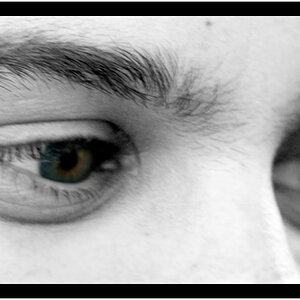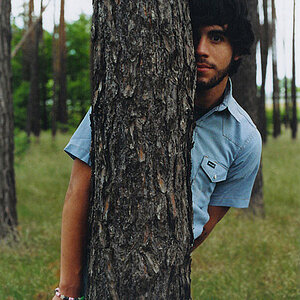Hertz van Rental
We're supposed to post photos?
But that is just my way of looking at photographs. I expect the photograph to say something to me, not in words, but in conveyance of the moment.
From your comments it is clear that you have a precise and definite idea of what you want a photograph to say, as well as the way it says it.
If an image does not fit in with your expectations then to you it is a 'bad' photograph. You also like to pigeonhole - you talk about the shots only in terms of your definition of stock photography and photojournalism.
A great many people look at photographs in this pre-conceived way. There is nothing wrong in this. But it is very limiting.
Try looking at photographs on their own terms and from the point of view of their original purpose.
You might just see something that you missed the first time.
When we go about our daily lives we do not look at the world in terms of exposure and composition. We do not edit what we see in the normal course of events, but take it all as fragments of a continuous flow.
I would be very surprised if, when watching TV in the evening you got a friend around to watch with you and positioned them precisely because 'the composition' required it.
Random photography like this works if you look at it as a whole. No one images is very good but taken all together you start to re-create the 'continuous flow' of the evening. Like taking random frames from a film, a pattern emerges and you build up a mental image.
I suspect a lot of the problem is in the showing of them, though, where they are presented as individual shots.
Like the viewing, the way they are shown has to respect their original intention too.
I used to collect junked images. The ones that people take when winding the film on until that first number one appears in the counter. You often get them.
Shots of your feet and the floor, corners of rooms, backs of heads.
On their own they are not much - which is why people throw them away.
But I found that if you collected enough and grouped them together....
About 100 shots all looking at shoes and the floor are amazingly similar and all put together you begin to notice the differences - the shoes, the floor...
The images stop being junk and begin to take on a life of their own: they have nothing to say individually but as a group and speaking with one voice you see them differently. People who saw them exhibited were quite amazed at the effect.
You just need to stop looking at pictures with a fixed, pre-conceived notion of what you expect them to be.






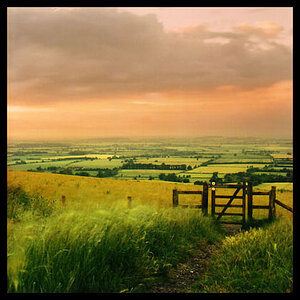
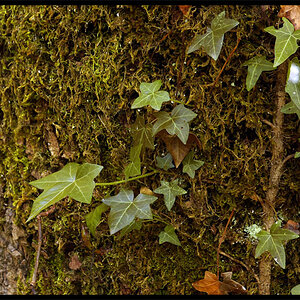
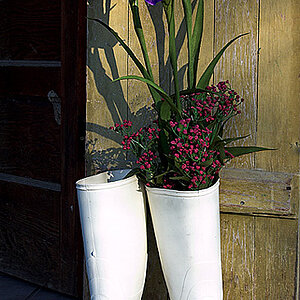
![[No title]](/data/xfmg/thumbnail/37/37135-37494dce30fd59534347332f715b7f8c.jpg?1619737884)
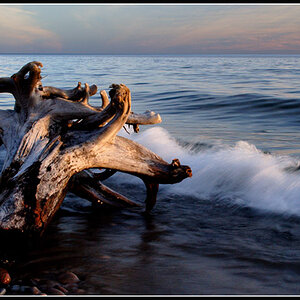
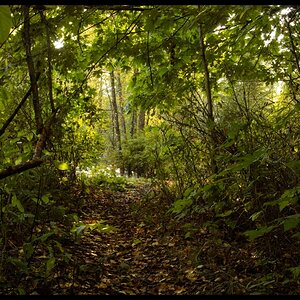
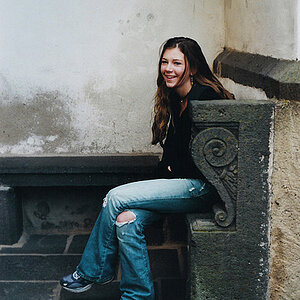
![[No title]](/data/xfmg/thumbnail/31/31040-9f6a7dd3ec0ea7b0db21f0da24ff9176.jpg?1619734582)

![[No title]](/data/xfmg/thumbnail/37/37113-886cb28b1e3fb197bdd00a9148269407.jpg?1619737882)
